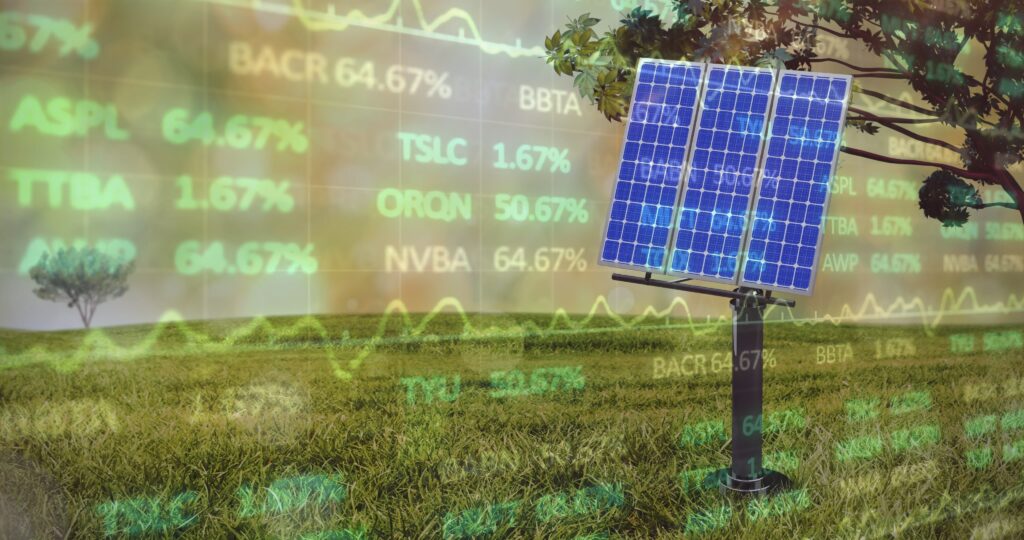
This is the title of the latest United Nations report that indicated a decrease in the Human Development Index in 90 countries. The report reveals how multiple crises are not only impeding the progress of humanity, but causing setbacks in the majority of the countries. It is in this critical context that private and public organizations are trying to meet society’s pressure to accelerate the acheivement of socio-environmental goals.
Brands and Causes
Our Vision: A full societal transformation towards a sustainable growth model requires communication strategies that help educate and increase awareness among audiences – meaning that brands should avoid isolating themselves in investments and efforts with no consumer recognition or behavioral change.
Our Reading List: Only one in five people have heard of ESG and nearly half (47%) of 3,000 respondents could not associate the topic with any brand, according to research by Google Brazil and Sistema B. The three sectors most associated with sustainable practices are beauty, finance and beverages. This is a reflection of many beauty brands’ marketing strategy to increase association with causes. An example of this is Fenty Beauty and its focus on diversity and e.l.f.’s announcement of its first ever impact report.
Sustainable Finance
Our Vision: The carbon market has proven to be a strategic source of funds to support sustainable economic recovery, finance broader fiscal reforms, and invest in communities as part of the transition to a low carbon model.
Our Reading List: Revenue from carbon prices increased nearly 60% by 2021, according to a World Bank Group survey. The voluntary market for carbon credits nearly quadrupled in 2021 and reached close to $2 billion. In light of the actual and potential growth, the World Bank and the blockchain platform Chia Network have created a carbon credit tokenization project. The price of the carbon credit is varying between US $1.20 and US $19 in the international market, according to a platform from Fundação Getúlio Vargas that shows the price and volume of carbon credits traded in around the world. Companies from various sectors in Brazil – including Amaggi, Auren, B3, Bayer, BNDES, CBA, Dow, Natura, Rabobank, Raízen, Vale, Votorantim and Votorantim Cimentos – recently united in a movement to boost the voluntary market.
Corporate Sustainability

Our Vision: The carbon market has proven to be a strategic source of funds to support sustainable economic recovery, finance broader fiscal reforms, and invest in communities as part of the transition to a low carbon model.
Our Reading List: Revenue from carbon prices increased nearly 60% by 2021, according to a World Bank Group survey. The voluntary market for carbon credits nearly quadrupled in 2021 and reached close to $2 billion. In light of the actual and potential growth, the World Bank and the blockchain platform Chia Network have created a carbon credit tokenization project. The price of the carbon credit is varying between US $1.20 and US $19 in the international market, according to a platform from Fundação Getúlio Vargas that shows the price and volume of carbon credits traded in around the world. Companies from various sectors in Brazil – including Amaggi, Auren, B3, Bayer, BNDES, CBA, Dow, Natura, Rabobank, Raízen, Vale, Votorantim and Votorantim Cimentos – recently united in a movement to boost the voluntary market.
Deep Dive
The cost of meeting global targets to combat issues such as hunger, poverty and climate change has increased by 25% to US $176 trillion. The financing gap for the United Nations’ Sustainable Development Goals (SDGs) has increased even more, rising 35% to $135 trillion, according to a report by the Force for Good Initiative (FFGI).

